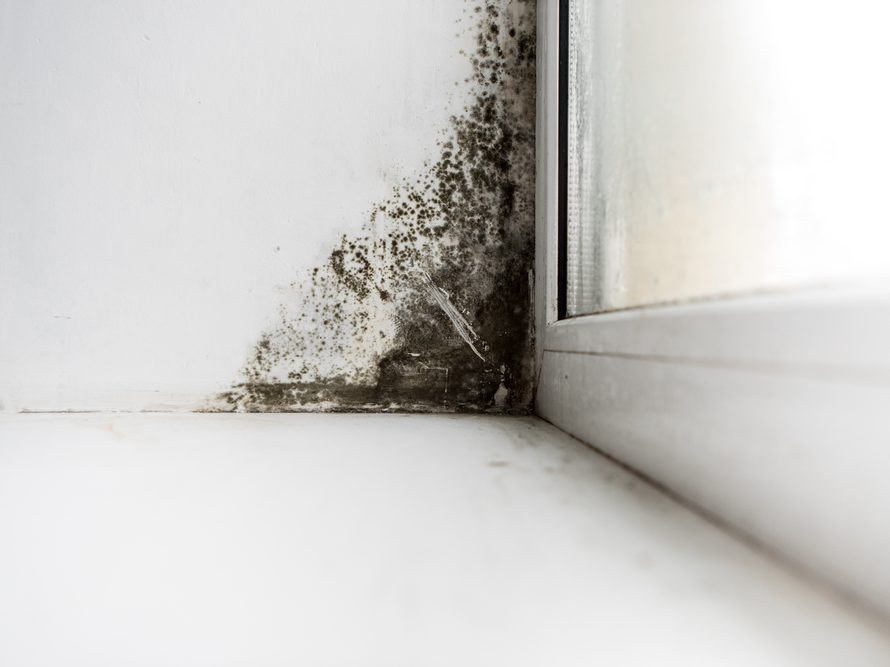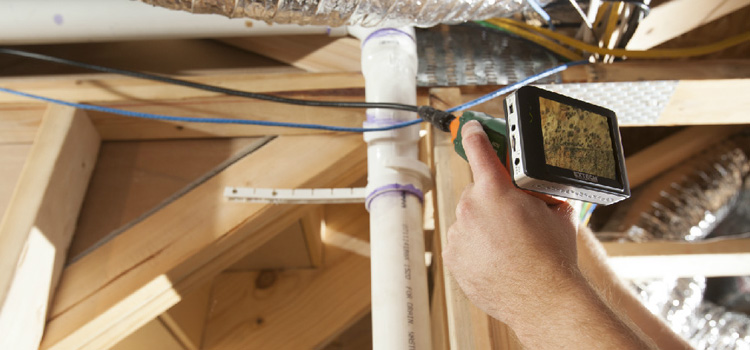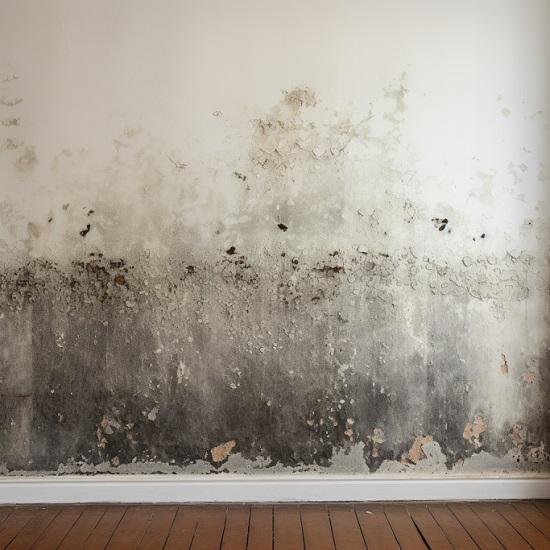Advice on What to Do After Mold Remediation
Your Ultimate Guide to Message Mold And Mildew Remediation Strategies
Navigating the realm of post-mold removal strategies is a meticulous process that demands focus to information and an extensive understanding of the details included. In the after-effects of mold infestation, knowing how to efficiently get rid of the mold and prevent its reoccurrence is extremely important for keeping a healthy and balanced interior setting. From picking the best cleansing and disinfecting techniques to carrying out strategies for long-term mold prevention, each step in the removal trip plays an essential duty in guaranteeing an effective outcome. As we get started on this expedition of post-mold removal methods, we will certainly reveal the vital methods and finest methods that can assist you recover your area to its pre-mold problem and secure it against future mold and mildew dangers.
Comprehending Post-Mold Removal Process
After finishing the mold and mildew remediation procedure, it is crucial to recognize the post-mold removal methods that are needed to ensure a complete and reliable cleanup. As soon as the mold and mildew has been gotten rid of, the following step includes cleaning and decontaminating the affected areas to prevent any type of regrowth of mold.
Furthermore, conducting a final inspection post-remediation is crucial to ensure that all mold has been efficiently eliminated. This inspection needs to include a thorough aesthetic check in addition to possibly air sampling to validate the absence of mold and mildew spores airborne. Additional removal might be needed if the assessment reveals any lingering mold and mildew. Enlightening residents on preventive actions such as managing moisture degrees and immediately attending to any type of water leaks can aid maintain a mold-free environment.
Efficient Cleansing and Sanitizing Approaches

Stopping Future Mold And Mildew Development

Relevance of Proper Air Flow
Proper ventilation plays an essential function in stopping wetness accumulation, a crucial consider mold growth within interior atmospheres. Reliable ventilation systems aid eliminate excess humidity from the air, reducing the opportunities of mold and mildew spores locating the wetness they require to sprout and spread. Without sufficient ventilation, indoor rooms can end up being a reproduction ground for mold, leading to Check This Out potential wellness dangers and architectural damages.
By making certain proper air flow, ventilation systems can additionally assist in drying out wet areas a lot more swiftly after water damage or flooding events, further hindering mold development. Post Mold Remediation. In spaces like bathrooms, attics, cellars, and kitchens where moisture levels have a tendency to be greater, mounting and maintaining reliable air flow systems is crucial in preventing mold and mildew problems

Surveillance and Maintenance Tips
Offered the important function that correct ventilation plays in stopping mold growth, it is critical to establish effective monitoring and maintenance tips to ensure the ongoing performance of ventilation systems. Normal inspections of ventilation systems should be carried out to inspect for any signs of blockages, leakages, or malfunctions that could hinder appropriate airflow. Surveillance moisture degrees within the property is also vital, as high humidity can contribute to mold and mildew growth. Setting up a hygrometer can aid track humidity degrees and sharp home owners to any type of spikes that recommended you read may require focus. Furthermore, ensuring that air filters are routinely cleaned up or changed is necessary for maintaining the efficiency of the air flow system. Applying a timetable for routine upkeep tasks, such as duct cleansing and a/c system evaluations, can help stop issues before they rise. By remaining positive and alert to the problem of ventilation systems, homeowner can navigate here successfully reduce the danger of mold regrowth and preserve a healthy and balanced indoor atmosphere.
Final Thought
To conclude, post-mold remediation techniques are essential for guaranteeing a clean and secure environment. Understanding the procedure, implementing reliable cleansing and sanitizing techniques, preventing future mold and mildew development, keeping proper ventilation, and routine tracking are all critical actions in the removal process. By adhering to these guidelines, you can effectively remove mold and prevent its return, promoting a healthy living or functioning room for all residents.
In the aftermath of mold infestation, understanding how to successfully eradicate the mold and stop its reoccurrence is critical for keeping a healthy interior setting. When the mold has been removed, the next action involves cleansing and disinfecting the influenced locations to avoid any regrowth of mold and mildew - Post Remediation Inspection near me. After eliminating noticeable mold development, it is important to cleanse all surfaces in the afflicted location to eliminate any kind of staying mold and mildew spores. To better improve mold avoidance steps, it is crucial to deal with underlying concerns that initially led to mold growth.Offered the crucial function that correct ventilation plays in protecting against mold and mildew growth, it is essential to establish efficient surveillance and upkeep pointers to guarantee the continued capability of air flow systems